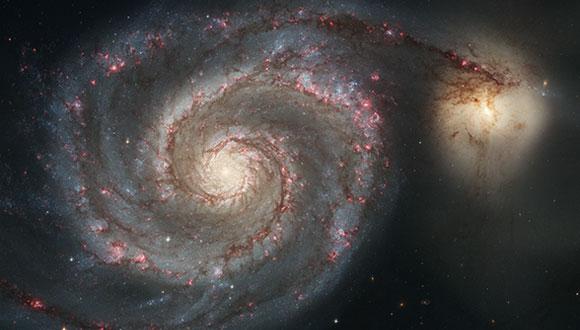סמינר באסטרונומיה ובאסטרופיזיקה :Characterizing all Kepler, K2, and TESS Planets
Jason Eastman, Center for Astrophysics | Harvard & Smithsonian
Zoom: https://tau-ac-il.zoom.us/j/87875748926?pwd=MGh1dk9DeXBxa2FEL0thMVRaaHZGQT09
Abstract:
The best ensemble analysis for the Kepler, K2, and TESS planets to date assumes all planets have circular orbits and derives the more fundamental parameters like the planetary radius using stellar properties determined separately. This method is internally inconsistent, resulting in biased planetary parameters and a discrepancy between the stellar density implied by the transit and the stellar density measured from the star. Most of these candidates have since been statistically validated without radial velocities, meaning the planetary parameters biased by an assumed circular orbit are currently the definitive reference for the majority of confirmed exoplanets. Using my publicly available exoplanet modeling software, EXOFASTv2, I am modeling all Kepler, K2, and TESS planet candidates. I will show that, with my unique approach of modeling the star and planet simultaneously and self-consistently, I am able to identify likely false positives and measure the eccentricity of the planets accurately and with surprising precision using nothing but the transit light curve, Gaia parallax, and broad-band, absolute photometry that is already available for nearly all exoplanet host stars. When applied to all 10,000 Kepler and TESS planet candidates, we will triple the total number of measured eccentricities, multiply the number of reported planetary equilibrium temperatures by a factor of 6, and supply a homogeneous catalog of planetary properties that will enable more robust statistical studies of the exoplanet population.
מארגן הסמינר: ד"ר יאיר הרכבי


